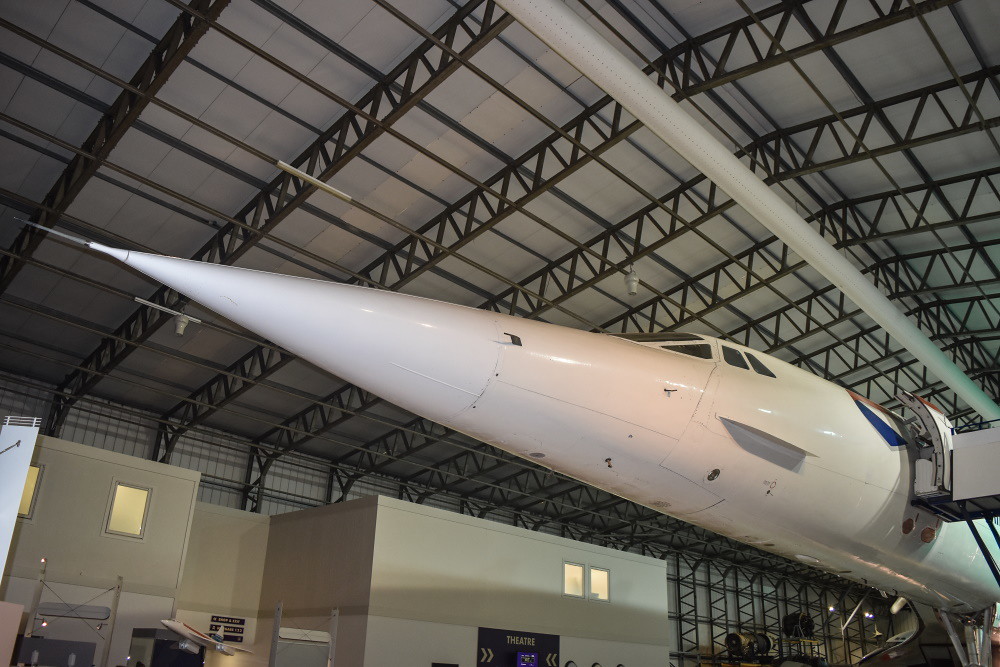Conslaw
Senior Airman
They used a lot of grass airfields in WWII, especially in England. How did they maintain them? What kind of mower did they use? How high was the grass?
What makes me think of this is the football season, where even immaculately kept football fields can get pretty ragged once the weather gets too cold for the grass to grow. Were the grass fields in England 4-season capable?
Switching over to the Pacific. I guess Fighter 1 and Fighter 2 were grass fields that were established on a ridge where there had been high kunai grass. Did they just cut the kunai grass, or did they put in other grass?
What makes me think of this is the football season, where even immaculately kept football fields can get pretty ragged once the weather gets too cold for the grass to grow. Were the grass fields in England 4-season capable?
Switching over to the Pacific. I guess Fighter 1 and Fighter 2 were grass fields that were established on a ridge where there had been high kunai grass. Did they just cut the kunai grass, or did they put in other grass?


